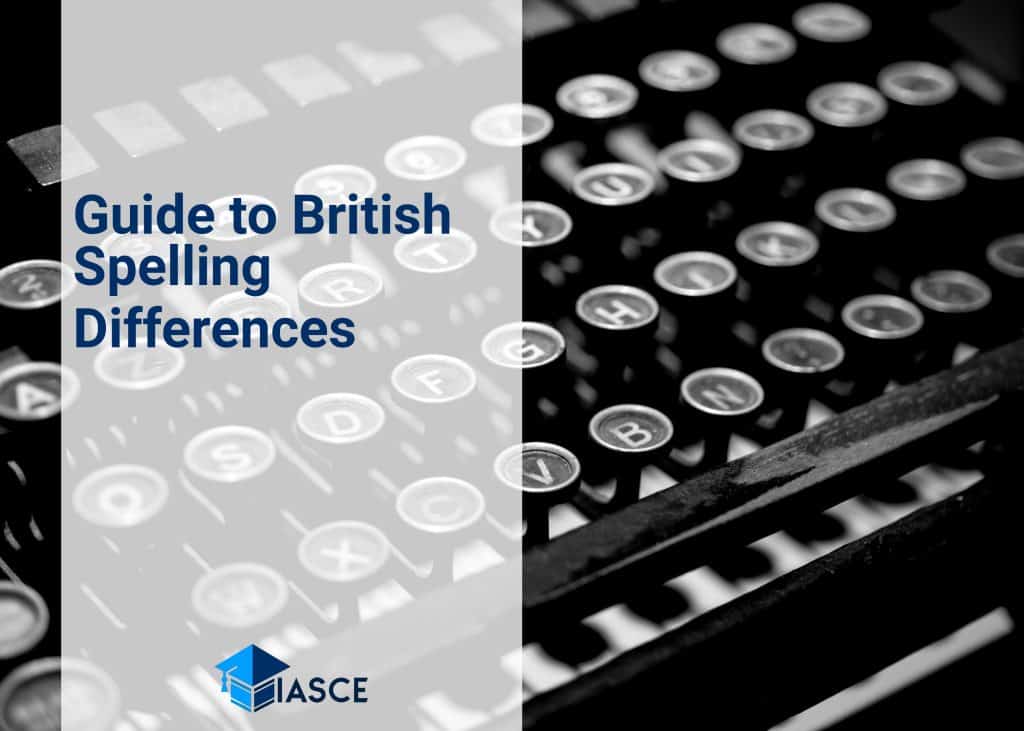I’ve always been intrigued by the subtle yet significant differences between American and British English. British spelling, in particular, has its unique twists that can leave you scratching your head. As a language enthusiast, I find it fascinating to delve into these variations and understand the roots behind them.
What’s more intriguing is the fact that there are over 80 documented differences between these two versions of English! Yes, you read it right – over 80 distinct variations. The question then becomes: how did we end up with such divergent spellings for the same language?
In this article, I’ll guide you through an enlightening journey across linguistic timelines and geographical boundaries. We’ll explore why certain words like ‘color’ in American English transform into ‘colour’ in British English, among many other curious changes. So buckle up for an exciting exploration of one of the oldest languages on Earth!
Understanding the Roots of British Spelling
Going on a journey through the history of English language, I couldn’t help but notice an intricate tapestry of influences. It’s fascinating to see how British spelling has evolved and continues to be distinct from its American counterpart.
My exploration took me back to Old English, a period spanning from the 5th to 12th centuries. This era was heavily influenced by Germanic tribes like the Angles, Saxons, and Jutes who brought their own languages when they invaded Britain. We still see remnants of this influence today in words like ‘colour’, where British English retains the ‘u’ that echoes its Old French roots.
As time moved forward into Middle English (12th-15th centuries), more changes occurred due to Norman conquest. French became dominant in many areas of life and law, leading to words with Latin roots entering everyday language – hence why we have ‘centre’ instead of ‘center’.
Then there’s Early Modern English (15th-18th centuries) which saw great expansion in vocabulary thanks to Renaissance learning and exploration. Shakespeare himself added hundreds of words during this era! However, spelling remained inconsistent until Samuel Johnson published his dictionary in 1755, stabilizing many British spellings we use today.
Jumping across the pond, Noah Webster – considered father of American English – decided US spelling should be simplified for practicality and national identity. Hence why Americans drop the ‘u’ in color or replace ‘re’ with ‘er’ as in center.
Here are some examples:
| British Spelling | American Spelling |
|---|---|
| Colour | Color |
| Centre | Center |
| Favour | Favor |
But remember: it’s not always about being different! There are plenty instances where both versions agree – ‘park’, ‘restaurant’ or ‘computer’, for instance!
So next time you’re flummoxed by a peculiarly spelled word, take a moment to appreciate its rich history. It might just reveal something interesting about our collective past!
The Fascinating Variations in British and American English
Dipping my toes into the pool of language, I’ve unearthed a treasure trove of fascinating differences between British and American English. It’s not just about chips versus fries or lifts versus elevators; there are over 80 different spelling variations alone!
Our journey begins with words ending in ‘or’ and ‘our’. Americans prefer the shorter version like “color” while Brits favor the longer one like “colour”. But it doesn’t stop there! I’ve found that words ending in ‘ize’ and ‘ise’ also differ. Americans use “realize” whereas Brits opt for “realise”.
Let’s explore some more:
| American English | British English |
|---|---|
| color | colour |
| realize | realise |
Surprisingly, even common verbs show this variation. Where an American might say “gotten”, a Brit would simply say “got”. And don’t get me started on past tense irregular verbs! While Americans may have “gotten” lost, their British counterparts would have “got” lost.
Now, let’s look at noun endings:
| American English | British English |
|---|---|
| defense | defence |
| license (noun) | licence |
Pretty interesting, right? By now, you’re probably realizing that these aren’t random variations but follow specific patterns.
Plural forms differ too – while Americans use ‘roofs’, the Brits prefer ‘rooves’. Similarly,
- Roofs (US) vs Rooves (UK)
- Staffs (US) vs Staves (UK)
I’ve only scratched the surface here; there are many more such intriguing differences waiting to be explored. Each spelling distinction adds another layer to our understanding of these two vibrant versions of the same language – British and American English. So next time you’re writing to audience across the pond, remember: it’s all about localization!
Conclusion: Embracing the Diversity of English
Diving into the depths of British and American English, I’ve found that language is a vibrant, ever-changing entity. It’s not just about rules and grammar. It’s also about culture, history, and personal expression. From “colour” versus “color,” to “centre” versus “center,” these variations paint a vivid picture of our shared linguistic heritage.
While it might initially seem daunting to navigate these differences in spelling, it’s worth remembering the rich diversity they represent. They’re testament to the dynamic nature of language as it evolves across oceans and continents.
Let me share some fascinating bits:
- The use of ‘u’ in words like colour, flavour, honour is typical in British English but dropped in American English.
- Words ending with ‘-ise’ in British English typically end with ‘-ize’ in American English (e.g., realise/realize).
- British English favours ‘-our’ endings while American leans towards ‘-or’, as seen in labour/labor or humour/humor.
These aren’t inconsistencies or errors—they’re characteristics that lend uniqueness to each variant of the language. So rather than viewing them as obstacles, think of them as opportunities—to learn more about our world’s linguistic landscape and enrich your own vocabulary.
And remember—whether you favour British spelling or lean towards its American counterpart—it’s all part of the beautiful tapestry that makes up the global community we call English speakers. Here at home or across the pond, this diversity should be celebrated—not feared. Ultimately, understanding these nuances can only enhance our appreciation for this incredible language we share.

